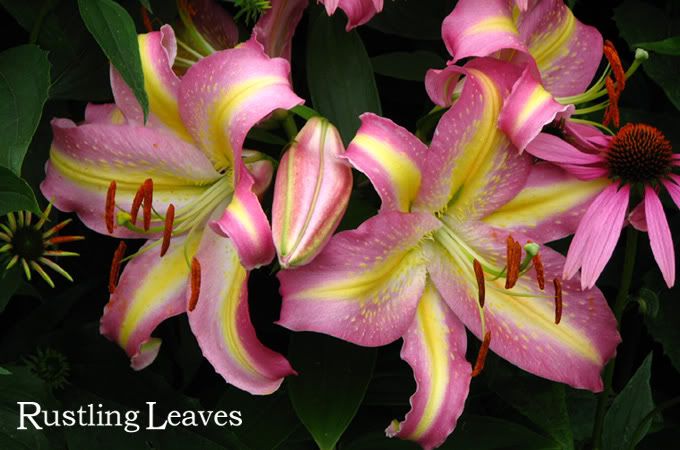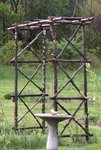a large Amelanchier bordering the horse run
Without a huge amount of sleuthing, I found out they were Amelanchier (am-el-AN-keer), a name that begins flowing off the tongue after the 372nd utterance. It's no wonder it has a stable of common names: Serviceberry, Juneberry, Shad Bush, and my favorite, Shad Blow. Like salmon and steelhead, shad are fish that migrate from salt to fresh waters to reproduce, their spring runs coinciding with the blooming of this tree, hence the name.
Locally common but not abundant, they are mostly found in part shade in the company of other trees. I have found them on dry hillsides and almost boggy lowlands but suspect they prefer soils that are moist and well draining.
It isn’t until they flower that their Rose family inclusion is apparent. Small sprays of flowers are white with a tint of pink and have many stamens, a typically rose characteristic. Fruits are black colored when mature and are relished by birds. The oval leaves are distinctive enough for identifying trees when out of bloom and are complimentary to the branching structure.
One of the odd things I noticed last year was early leaf drop in August, depriving us of their autumn tones of beige and rust. I don’t know if it was the excessive rains or earlier predation from Eastern Tent Caterpillars but Amelanchier and other small trees were under stress and defoliated early.





2 Comments:
I have an "apple serviceberry" which is a hybrid. I like it because it has pretty spring flowers, good summer color, good fall foliage color, and edible berries for the birds. What more could you want out of a small flowering tree?
I love learning about new plants.
Post a Comment